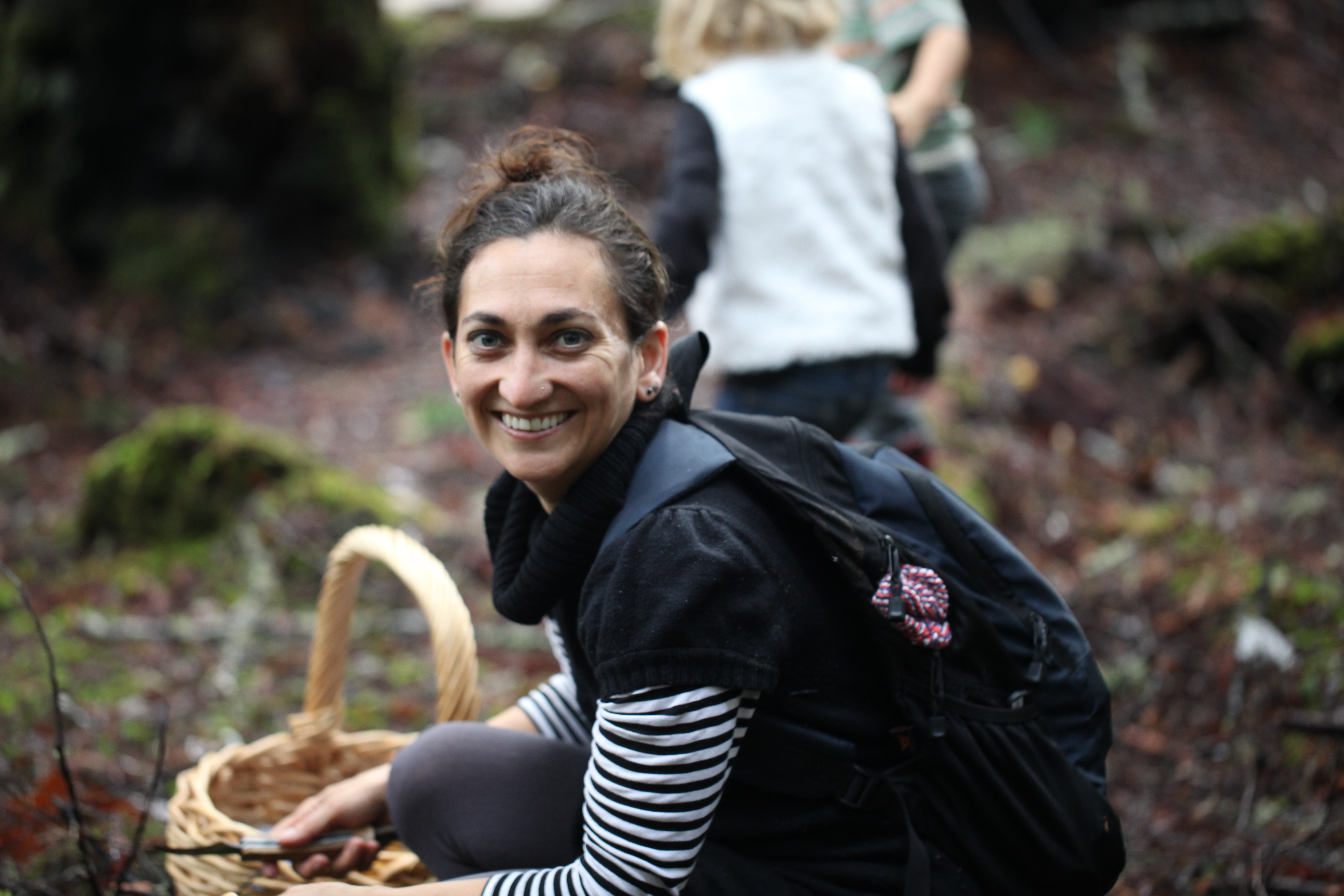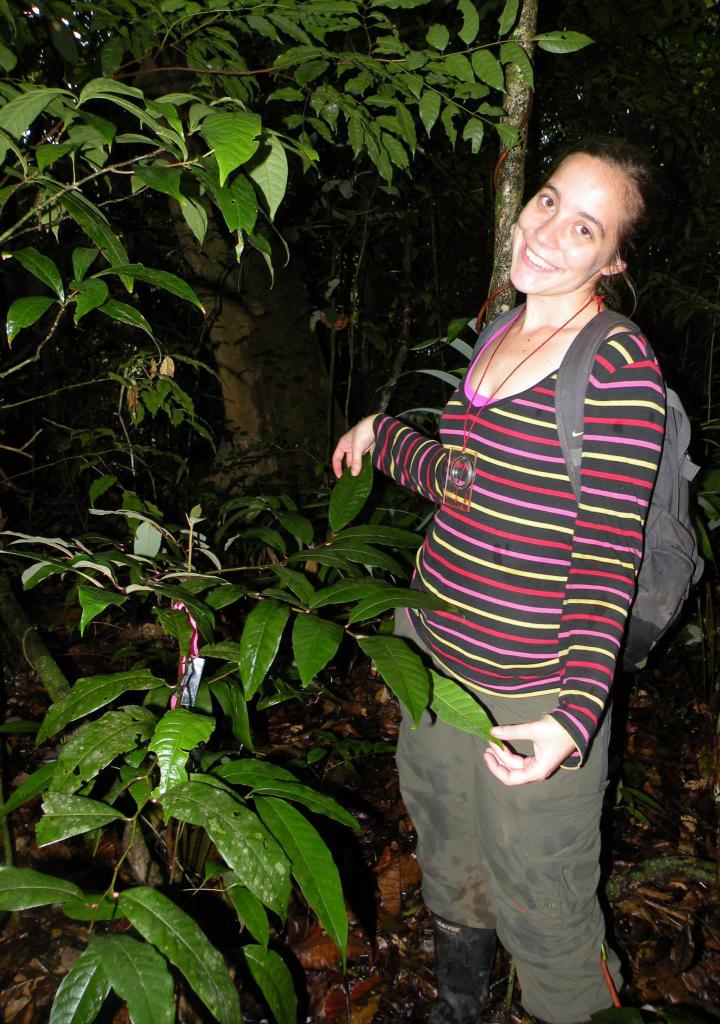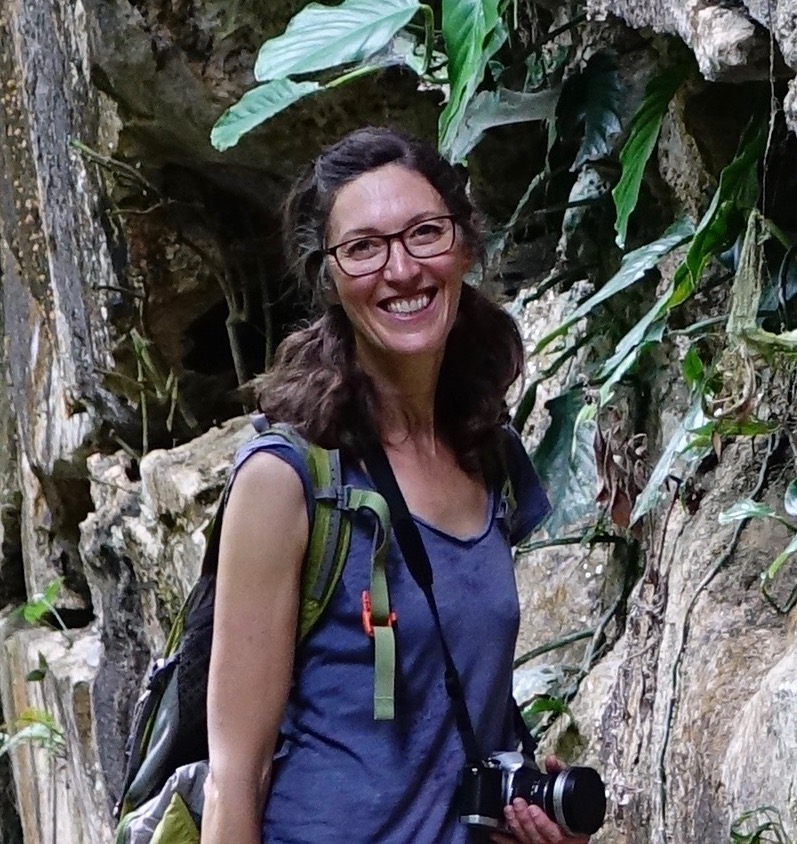Home › Forum topic › Genetic Guidelines for Conservation Collections › Question about sequencing methods
Tagged: methods, population genetics, sequencing options
-
AuthorPosts
-
April 21, 2023 at 9:42 am #15507
 Caroline IacuanielloCPC Conservation Officer
Caroline IacuanielloCPC Conservation Officer
Hello Plant Geneticists!
I am curious what sequencing techniques you are using for doing population genetics studies. I am planning to sequence Acanthomintha ilicifolia (1.8Gb genome size) in the next year. On previous species we had done variations on ddRADSeq, however we are having a tough time finding any labs that will do the enzyme selection/library prep and doing it in house is incredibly time consuming (~250-300 samples). I have been speaking to animal geneticists in our organization and they are all recommending low-coverage whole genome sequencing, however I don’t have a reference genome and creating one is too costly at this point. I am interested in hearing about any options or resources you might be able to suggest.
-Ruby Iacuaniello, San Diego Zoo Wildlife Alliance
April 21, 2023 at 9:50 am #15510 Katie HeinemanCPC Conservation Officer
Katie HeinemanCPC Conservation Officer
Great question, Ruby! I’m not sure who all is subscribed to this forum but @sean-hoban; @vanessa-handley; Carrie Kiel (ckiel@calbg.org); @lauren-eserman; Christy Edwards (Christine.Edwards@mobot.org); @jeremie-fant; @patrick-griffith – might be people to contact.
Testing to see if the @ function still works @katie-heineperson
April 21, 2023 at 9:52 am #15511 Caroline IacuanielloCPC Conservation Officer
Caroline IacuanielloCPC Conservation Officer
Thank you Katie, this is a really helpful list and I will definitely reach out!
April 21, 2023 at 10:54 am #15512 Vanessa HandleyCPC Conservation Officer
Vanessa HandleyCPC Conservation Officer
Hi Caroline and Katie!
First off, @ still works :). Regarding your query, Caroline, happy to chat. Will you be attending the CPC meeting? If so, perhaps we could discuss in person with others who might have similar questions and/or expertise. A quick answer is that, for smaller genomes, I’d agree that WGS is definitely the best direction to go. Curious what you are anticipating the reference genome would cost? I wonder if there is any chance that the core facilities set up at UCs for the California Conservation Genomics Project might be open to contracting this work? I was amazed at how efficiently they generated a reference genome for our Limnanthes douglasii project (a comparable genome size to Acanthomintha).
On the RADseq front, my colleagues and I have been using an ezRAD protocol for work with Encephalartos (due to the massive genome, WGS is precluded) but haven’t outsourced. However, since this approach relies on standard Illumina kits, I gather it is straightforward to outsource….I know others on this thread have recently done so for similar projects so interested to hear what company(ies) they may recommend. Perhaps your best bet is to troubleshoot the NZ in-house and then outsource the extractions/library prep for all 250+ samples once your protocol is established?
Cheers – Vanessa
April 21, 2023 at 1:09 pm #15519 Caroline IacuanielloCPC Conservation Officer
Caroline IacuanielloCPC Conservation Officer
Hi Vanessa,
Thank you so much for your response!
Unfortunately I won’t be at the CPC meeting but perhaps if there are others with similar questions we could do a virtual chat. I don’t have a complete price for a reference genome, just parts. I had spoken to a PacBio rep in the past, she thought I would need at least 2 lanes to get 30x coverage for a reference. She estimated that at ~$12K for the long read sequencing, plus additional short read sequencing for polishing. (This was before PacBio released the new Revio sequencer-a different rep told me Revio might bring pricing down once cores were using it.) I did not get much further than the long read pricing as I was informed that with costs that high there would not be anything left for the sequencing of all the individuals.
I am working with Brian Dorsey and Christy Powell on an Encephalartos project, the protocol we are using does have us doing the enzyme cutting and library prep in house, then outsourcing the sequencing. I do see that it is the best method for Encephalartos, however I thought that with the small size of Acanthomintha I might be able to take advantage of other methods.
I really appreciate your thoughts, I will absolutely reach out to the California Conservation Genomics Project, that is a wonderful resource that I did not have, thank you! I am curious, what is your Limnanthes douglasii project-why did you choose to generate a reference genome for this species?
-Ruby
April 21, 2023 at 1:32 pm #15523 Vanessa HandleyCPC Conservation Officer
Vanessa HandleyCPC Conservation Officer
Hi Ruby (sorry, I saw Caroline in your chat id so misaddressed you in my last post!):
Small world … Brian is also a collaborator of mine and is, in fact, my co-PI on the Limnanthes project. The choice to generate a reference genome was dictated by the CCGP, and the umbrella grant from which we received our funding for this work. All of the 150+ CCGP species/projects are built around WGS and hence the UC cores are processing reference genomes in an impressively high throughput manner.
Back to outsourcing, Brian and I have taken somewhat different approaches to RADseq in cycads. Both yield high quality data but, as mentioned, the one we use at CAS relies on a modified Illumina kit protocol while Brian’s ddRAD does not. The means that ddRAD is much more economical in the long haul. However, since the ddRAD library prep is not commercial kit based, I believe this may be an obstacle with outsourcing library preps for a new project. For your Acanthomintha work, might be worth considering ezRAD. I’m sure Brian would have great guidance to offer in this regard as he carefully weighed all options for his cycad projects. Happy to share a protocol if you like. And, I’d be happy to have a virtual chat!
April 21, 2023 at 1:44 pm #15525 Caroline IacuanielloCPC Conservation Officer
Caroline IacuanielloCPC Conservation Officer
Hi Vanessa,
No worries I go by either! Oh that is a coincidence! I will ask him about ezRAD. I did not catch the difference between RAD protocols in your earlier message-I will look into that. I would love to look at your protocol, thank you so much. I would also love to do a virtual chat-perhaps we could set something up for after the CPC meeting?
I am very interested in CCGP, I have been looking at their site and am going to reach out and see whether they would be able to work with me on this or future projects.
-Ruby
December 29, 2024 at 9:48 am #20027Kristine AtkinsonSubscriber
My doctorate wasn’t in plant sequencing, but I had genetic courses from a brilliant cotton cytologist regarding the effect of polyploidy, a phenomenon us animalists can minimalize– doing the genome of a haploid oocyte or sperm gives you a single copy genome. But what happens with plants? For instance, citrus has binuclear pollen (https://pmc.ncbi.nlm.nih.gov/articles/PMC6769063/ ). When you’re sequencing these WGA samples, doesn’t the issue of their having promoters and silencers for the same allele in the same sample give pause? https://pubmed.ncbi.nlm.nih.gov/16098633/
I’m happily open to be enlightened… -
AuthorPosts
- This topic has 7 replies, 4 voices, and was last updated 8 months ago by
Kristine Atkinson.
- You must be logged in to reply to this topic.